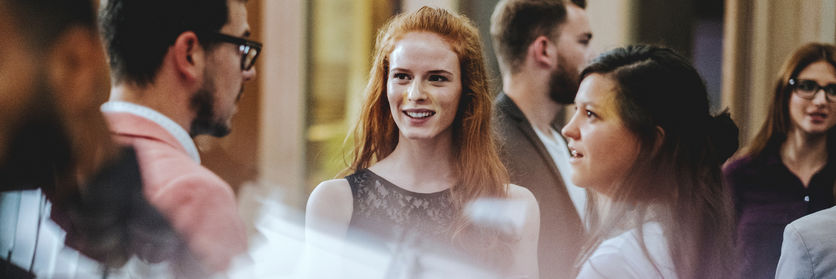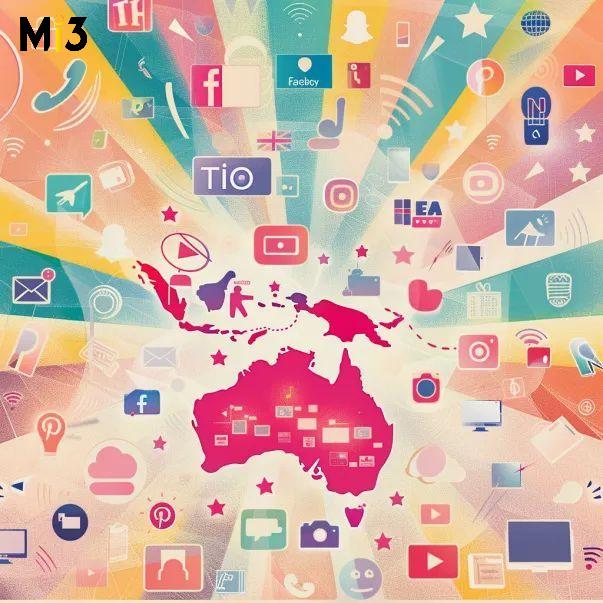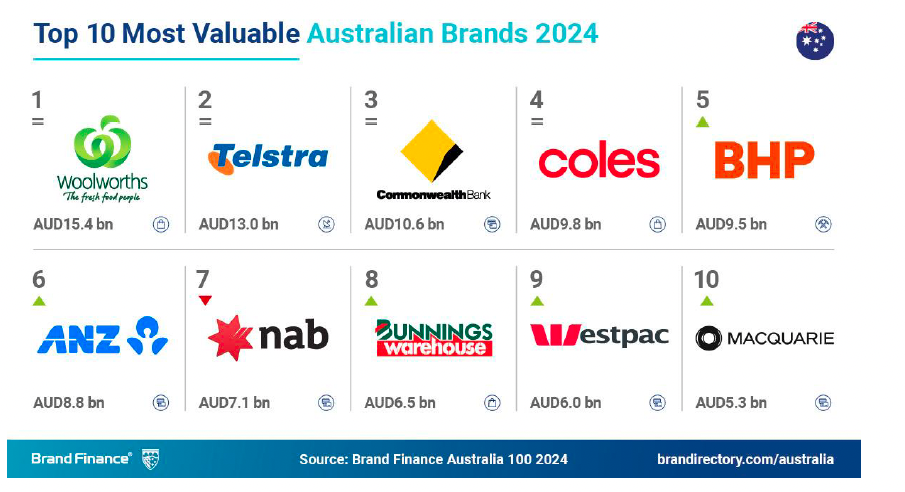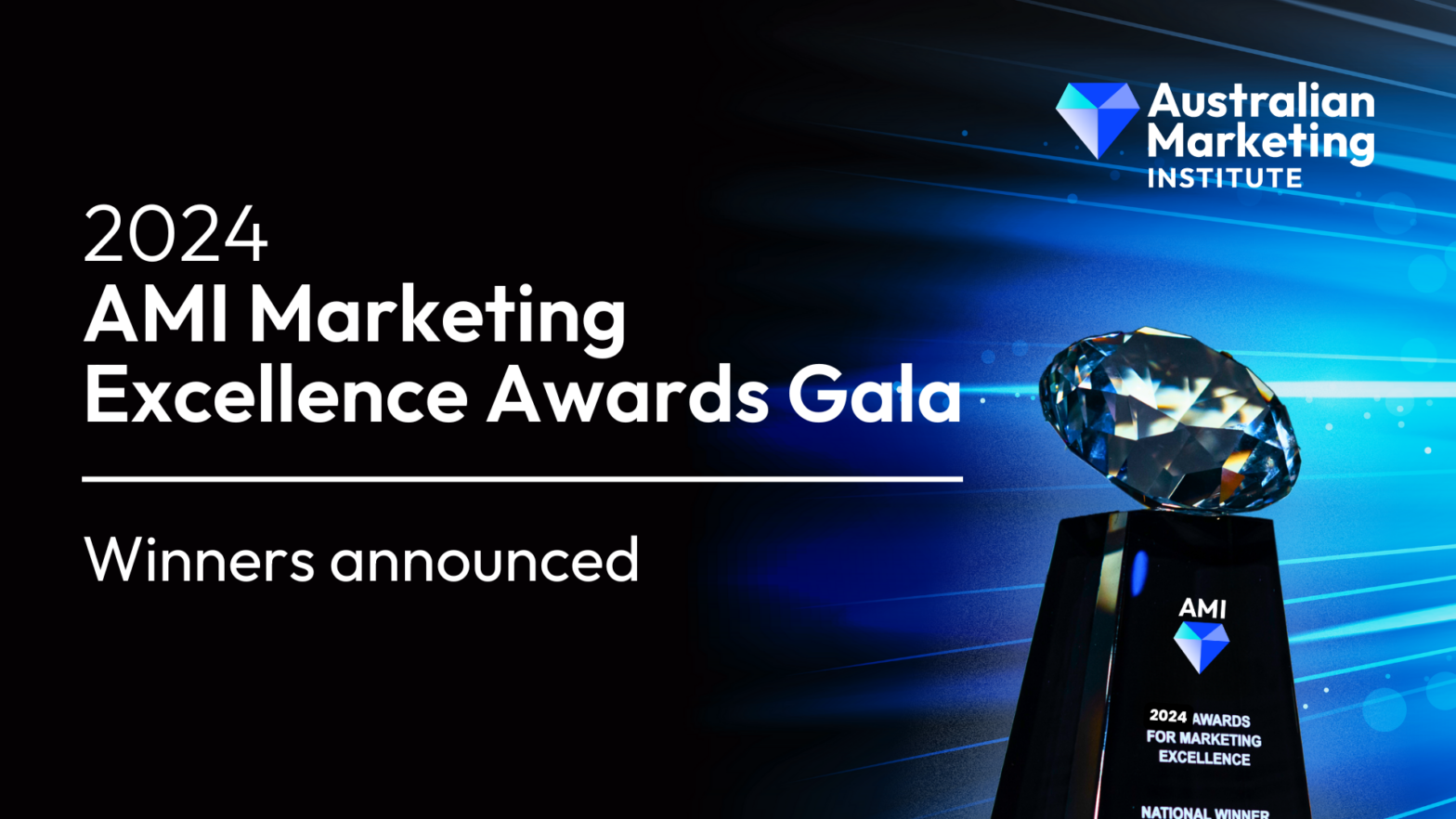Australia follows F1’s global fan boom – led by younger set, women and Netflix; brands are in, high hopes for Brad Pitt’s F1 June debut
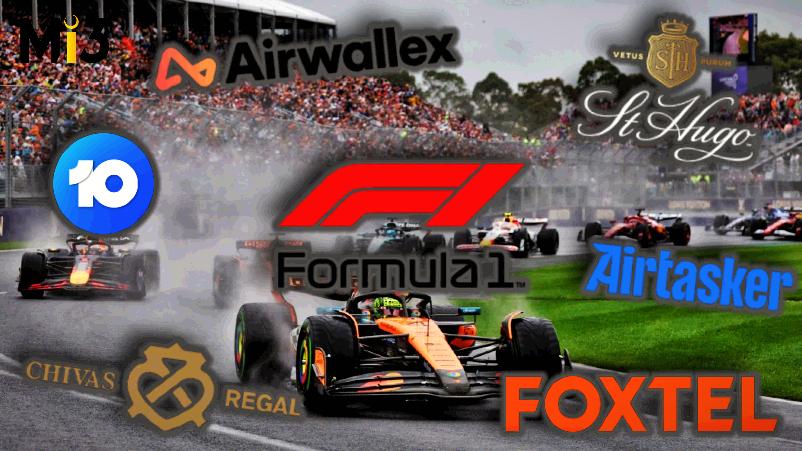
What you need to know:
-
The 2025 Australian Grand Prix (AGP) smashed attendance records with 465,498 fans at Albert Park, while Paramount’s Network 10 reached 3.6 million Australians across the weekend. Sunday’s race audience soared 31 per cent to 1.72 million.
-
Foxtel’s coverage across streaming and linear broke records, building on the 12 per cent audience lift recorded across the full F1 season last year. Seventy three per cent of the circa one billion minutes of F1 viewed on Foxtel’s assets in 2024 were streamed.
-
The sport has been on a steep uphill march since Liberty Media’s 2016 takeover, which opened the door to the 2019 launch of Netflix’s ‘Drive to Survive’ – and subsequent sports superstardom. Nielsen Sports reports F1’s global reach at 750 million fans in 2024, with younger, female demos the fastest growing segment.
-
The diversified audience has been a boon for sponsors, with the motorsport last year securing 6.6 per cent of total global sponsorship revenue, while the average F1 sponsorship deal has risen 56 per cent since 2019 to US$5.08 million.
-
Strong advertiser demand saw Network 10 pack in 25 major sponsorship packages, including new partners like American Express and returning brands like Subway and Shannons, while Foxtel Media’s Mark Frain attested F1 has become one of the broadcaster’s fastest selling properties – usually waitlisted.
-
Beyond broadcast, brands have been eager to align with the F1 buzz, whether through team sponsorships, driver partnerships, or on-site activations.
-
Pernod Ricard went early with its St Hugo x Daniel Ricciardo collection, and it’s powering, with the brand’s sales up 12 per cent in the last year, against total wine category growth of 2.8 per cent. The group has since committed to the sport on a global level via Chivas Regal’s official sponsorship of the Scuderia Ferrari HP Formula 1 team.
-
Local tech startups Airtasker and Airwallex have skin in the game too, each touting multi-year team sponsorships with the Visa Cash App Racing Bulls and McLaren, respectively. TCL Electronics, meanwhile, has been targeting local brand awareness via its partnership with the AGP.
You’d be easily forgiven for thinking we’d hit peak F1 last year – broadcast audiences were strong, but not earth shattering, and four years into its fresh Netflix fandom, the shine might’ve threatened to ware off. But it seems the motorsport – and its fans and backers – still has the pedal to the metal, if the weekend’s Australia Grand Prix was anything to go off.
Previous attendance records were smashed, with 465,498 through the gates at Albert Park over the four day event, and broadcast audiences got the same treatment. Paramount’s Network 10 reached 3.6 million Australians with its free-to-air coverage of the race weekend, with Sunday’s big event soaring by 31 per cent to a national total reach of 1.72 million.
Most point to the $4.6bn Liberty Media takeover of F1 in 2016 as the turning point, with the new owners widely praised for transforming the motorsport into a multi-faceted entertainment property – including a greenlight for the 2018 production of behind-the-scenes documentary-series, Formula 1: Drive to Survive. Now in its seventh season, the mega-popular Netflix show has become a case study in how to skyrocket a once-tired format to sports superstardom – though one that few have successfully replicated.
Nielsen Sports put the F1’s total reach at 750 million fans for 2024, up 5.7 per cent since 2021, with a record 6.5 million in attendance across 24 races. Melbourne’s Australian Grand Prix (AGP) saw 452,000 punters through the gates last year, second only to the British Grand Prix (480,000).
Meanwhile audience demos are growing more diverse – F1 is no longer just for the die-hard rev heads.
At the end of the 2024 season, women accounted for 41 per cent of fans globally, with 16-24-year-old females the fastest-growing audience segment. Overall, 42 per cent of fans were under 35.
That growing mass-appeal has brands throwing in big money. Per Nielsen, F1 accounted for 6.6 per cent of total global sponsorship revenues in 2024, with the average F1 deal now 56 per cent more expensive than it was in 2019, sitting at US$5.08 million (though for context, performance advertising costs have more than doubled over that period).
This year, with Brad Pitt staring in F1, created by the sport’s governing body, The FIA, could be even bigger.
Broadcast boon
Broadcast audiences are climbing. Foxtel’s season-long coverage was up 12 per cent last year, making 2024 the most watched season of all time. Over the year, more than one billion minutes of F1 were viewed across Foxtel’s assets, with 73 per cent of that happening on streaming. Kayo, Foxtel Go, and Foxtel Now together clocked up 745 million minutes of F1 viewing, up 23 per cent on the 2023 season. The pay TV broadcaster didn’t provide 2025 race figures, but confirmed Sunday’s race recorded its highest ever audience across the Foxtel Group.
Foxtel Media boss Mark Frain puts the streaming surge down to the global nature of motorsport. He says F1 Kayo Minis have grown ‘exponentially’, but so too had middle of the night viewership.
“It’s become that engaging that people will set alarms at midnight, get up and watch the race for a couple hours, go to bed and then still watch the Mini in the morning,” he said.
For Paramount’s Network 10, which has delivered the free-to-air broadcast of the Australian Grand Prix for more than two decades, the 2025 race was even bigger than they could’ve hoped. After only three percent growth in 2024, national total audiences tuning in for this year’s Grand Prix race on Sunday were up 31 per cent to 1.72 million. Over the weekend, the network’s total AGP coverage was up 15 per cent year on year, reaching 3.6 million.
Unprecedented demand
Strong advertiser demand ahead of this year’s event saw Paramount’s team squeeze in 25 major packages to returning partners like Harvey Norman, Subway, Shannons and 7-Eleven, and new ones, like American Express. By running its own independent broadcast on site, general manager of ad sales Nick Bower says Paramount has the capacity to offer its advertiser a variety of opportunities to buy into.
“We’re doing all types of integrations, whether that be bringing things to life, from the track or the event itself, whether it may be a partner activation on ground all the way through to just doing some broadcast moments themselves for different brands,” Bower told Mi3. “Everything is bespoke, built and designed and shaped to ensure that we’re hitting the marketing objectives of our partners.”
Foxtel, for its part, pulls Sky Sport’s rolling coverage into a dedicated live Formula 1 channel, and builds out the coverage with highlights and recaps, and with Kayo Minis on streaming.
Frain says that of everything his team handles, F1 has become “one of the fastest properties to sell out”.
“We’ve almost got a reserved waiting list of partners that want to come on if anything changes, if either further commercial opportunity is developed, or if other brands pull back a bit.”
He says that partly comes down to the structure of the race (i.e. no ads during race time), which makes for limited availability – only three tier one packages were sold this year: American Express, Bob Jane T-Marts, and Shannons.
Even with the rigid broadcast structure, Frain argues Foxtel’s dedicated F1 assets and highlight formats mean the network has “probably more commercial bandwidth than others to generate partnership and sponsored revenue from clients”.
Pernod Ricard
The opportunities to get in on the F1 action extend well beyond the broadcast, and Pernod Ricard marketing director Kristy Rutherford has seen two very different kinds of strategies play out within her portfolio of premium drinks brands – though in both cases targeting a younger, more modern customer.
Australian wine maker St Hugo was relatively early on the scene with its DR3 wine collection in 2021. The brand, which was last year wrapped up in the sale of the wine and spirit group’s Australian wine brands to Australian Wine Holdco, is understood to remain a part of Pernod Ricard at present.
Created with Australia F1 star Daniel Ricciardo, the initial three-wine DR3 collection tapped the then-team McClaren driver’s passion for fine wine – and his hefty social media following.
With a built-in audience already, much of the campaign, and its subsequent iterations, have been geared toward social media primarily. The latest DR3 launch last June saw that extended into retail via a partnership with Dan Murphy’s, which has stuck for Ricciardo’s Enchanté Rosé launch ahead of the AGP this month.
As well as growing sales, the St Hugo partnership has been focused on building brand awareness with under 45s. Per Rutherford: “Fine wine is an area that is typically been seen as a bit more traditional, a bit less accessible, and therefore recruitment from a younger audience is really important, both from awareness and a penetration standpoint”.
While the partnership could one day be extended into above the line channels, Rutherford says it’s so far not been necessary – i.e. “the ROI isn’t as big as putting it through the organic social channels”.
The approach seems to be working, with the brand’s sales up 12 per cent in the last year – well ahead of overall wine category growth of 2.8 per cent. And as of 10 March – less than a week into its run – Rutherford says the Enchanté Rose campaign had already racked up 5.1 million organic views.
“There’s no doubt that Formula 1’s rise over those past five years has helped DR3 and St Hugo making more successful,” said Rutherford. “I think when we started out, Drive to Survive was just gaining momentum, so we had a sniff of the growth to come, but it exceeded our expectations.”
From a global standpoint, Pernod Ricard also has Chivas Regal as an official team partner of the Scuderia Ferrari HP Formula 1 team. Struck last year, the multi-year partnership is an angle for the less traditional whiskey drinker.
“With Chivas, we’ve over indexed quite considerably with an older audience over time that whiskey traditionally has and so we’re about building awareness with a whole new, more modern cohort,” said Rutherford.
The global launch of the brands 2025 sponsorship campaign was hosted in Melbourne last week, with Ferrari driver and Chivas ambassador Charles Leclerc fronting an invite-only brand activation ahead of the AGP.
“The thinking behind that partnership is that there’s just incredible synergies between the brands. So Chivas has always stood for success, and it’s all about passion and precision, and that’s absolutely the heart of Charles Leclerc as well – passion and precision.”
Airtasker
After building out $51 million in media deals with publishers in Australia, the UK and the US, Airtasker founder and CEO Tim Fung says the F1’s strong presence in those key markets – including three different races in US cities – made it an ideal property for the tech start up’s first ever sports sponsorship.
This year’s AGP marked the kickoff of the service marketplace app’s partnership with the Visa Cash App Racing Bulls (VCARB) F1 team, with the season expected to generate a strong supply of content that can be amplified via the media investments secured with the likes of ARN and oOh!media in Australia, plus the UK’s Channel 4, and US media and media capital firms Sinclair and Mercurius.
But the brand fit wasn’t always obvious given the “glitz and glamour” of F1, per Fung – and he’d knocked back F1 pitches in the past, despite being big into motorsports on a personal level.
“Airtasker is about people that are doing honest jobs in the community – we’re not about Rolex and Ferrari,” he had reasoned. But an experience in the paddock at the Singapore Grand Prix changed his tune: “There were people scrubbing tires, moving things around, they were cleaning the garage, doing all these kinds of jobs, and we’re like… this is so Airtasker”.
Hence, Airtasker has positioned its VCARB partnership as a sponsorship of the ‘unsung heroes’ behind the drivers – telling the stories of “the team behind the dream” per Fung.
Unlike other corporate tech sponsors, who Fung suggested are leveraging their partnerships for the hospitality and networking – “to talk to executives and things like that” – Airtasker has gone further downstream.
“We’ve got a lot of Taskers who are coming to the race,” explained Fung. “We even put a task up on Airtasker calling out for a story about when you were a behind the scenes hero in an Airtasker scenario and I think we had close to 300 other stories come through.”
Airwallex
Fellow Aussie tech startup Airwallex went all in on the motorsport a year earlier via a multi-year partnership with the McLaren Racing team – the home of Australian driver Oscar Piastri.
“We were looking to elevate the brand more on the global stage,” said the payments platform’s vice president of global marketing Jon Stona. Conversations got underway in the second half of 2023, with the multi-faceted opportunities under the McLaren deal edging out an alternative billboard-led strategy considered by the Airwallex team.
“You can actually do a lot when you partner with a team, you get access to the IP get access to the athletes, the drivers,” per Stona. The tech brand has been taking it “full end-to-end”, weaving in McLaren IP into their content, advertising, influencer engagement and hospitality – the local launch of Airwallex’s Shifted Perspectives campaign ahead of last week’s race in Melbourne is one example.
The natural alignment with McLaren’s tech-forward heritage was another draw.
“If you think back to the days of Bruce McLaren as well from the 60s, you know, he was really a technologist, and he was pioneering these new ways to engineer cars on the track,” explained Stona. “That commitment to engineering technology, precision and speed, that all aligned with our values as well.”
Plus, it was a chance to be in the same stable as major tech partners Google, Dell, Cisco and Dropbox: “With our global aspirations, we wanted to be in that category of partner as well”.
So far, the investment is paying off. In its annual brand study in December, Airwallex cited a 58 per cent increase in perceived brand trust among those who associated the brand with McLaren, and a 70 per cent increase in consideration.
TCL Electronics
TCL Electronics Australia is another tech player that’s keen on the high-tech environment of the F1 – the Chinese-owned consumer electronics manufacturer first signed on with the AGP in 2022.
Per national marketing manager for ANZ, Rafael Mayen, “the sport’s fusion of speed, precision, and entertainment mirrors TCL’s dedication to delivering top-tier viewing experiences with industry-leading TV technology”.
Mayen told Mi3 the partnership targets brand awareness and position TCL as “a leader in premium display and audio technology”.
“The goal is to create an unforgettable fan experience that highlights the synergy between high-performance sport and high-performance home entertainment.”
As well as an on-site activation at the race grounds, TCL has embedded F1 themes into its advertising and retail activations, influencer marketing and an F1 ticket competition for customers.
Since 2022, Mayen said the activation had grown in both scale and engagement year-on-year, boosting brand affinity among F1 fans – with success measured via foot traffic, media reach, digital engagement, and social media engagement post-event.

